
© Jeff Busby for Australian Ballet. (Click image for larger version)
Juliet Burnett (a Senior Artist with Australian Ballet) is in unchartered territory – injured and offstage for the first time in over 10 years. We are following her rehab: a fascinating insight into the private reality of dancers’ lives…
Part 1 of this blog
Part 2
Part 3
www.australianballet.com.au
www.behindballet.com/author/juliet-burnett/
Fully Back on Stage
In the past, when it comes time to reprise ballets we’ve performed just months before, my familiarity with the role engenders a sense of comfort and a confidence to experiment with different ideas and develop them. The body and mind will inevitably be in a different state each of these times, often dependent on the season or nature of the rehearsal period that had come between. As I prepared to return to the stage for the November season in Sydney of La Sylphide and Paquita, I was continuing on my journey into uncharted territory, with new challenges for the body and the mind. There was nothing comfortable about braving the unknown.
My first show back would be Paquita, followed by La Sylphide the following week. This made sense from a progression point of view – movement-wise, my Paquita solo is slow, steady and controlled, and once I had conquered that I could work my way up to the speedy footwork and relentless jumping that Sylphide entails. That is, if everything continued to go to plan. As I progressed further with classwork, my daily private coaching sessions with Noelle or Megan had morphed into two sections – half for consolidating that week’s new frontier (pirouettes on pointe, medium allegro etc.) and any sticking points, then half for repertoire rehearsal. For the Paquita solo, we divided it into sections, and once each one was consolidated, applying all the new principles I had discovered over the past weeks, we’d move onto the next. On the last day in Melbourne before the company left for Sydney, Noelle and I had our final coaching session together. The time was spent, as usual, sorting out those sticking points and working on the solo in portions, and before we knew it we only had three minutes left. “Right,” Noelle said, “let’s run it.” At first I was a bit tentative, thinking I mightn’t be ready to tackle the whole dance in one go, but before I knew it the music was starting. All that I remember, apart from jumping straight out of the ending pose to clap my hands with glee, was not physical, but emotional: a wonder and liberation akin to the memory of my first bike ride without training wheels, with Dad giving me a running push-off, then letting go just at the right moment as I pedalled beyond on my own. I remember then feeling like anything was possible.

© Juliet Burnett. (Click image for larger version)
Up in Sydney, I continued rehearsals for Paquita, with the show a week and a half away. Even though everything was on track, with no pain to report thus far, I continued to be mindful of my foot’s state. I had made it this far with diligence, patience (the hardest part) and honesty, so it would’ve been stupid to just throw it all away at the eleventh hour by being hasty and not owning up to any signs of pain, especially considering I was on this massive pain-threshold learning curve. Although I wanted more than anything to prove to myself that I could realise the ambition that had ignited in me at the beginning of my rehab – to return to the stage a better and stronger dancer – I knew there was no sense in feeling rushed or compromised in doing so. I was so grateful that our artistic staff were supportive of this, ensuring that there was no pressure to fulfil my shows should circumstances turn ill at any point. But having a clear end-point in these performances gave me a positive direction for my rehab, which kept me inspired and focussed.
To my relief, smooth sailing continued, and the time finally came for my first show of Paquita. But I woke up that morning with an uneasy mix of anticipation and reservation. I couldn’t put my finger on what the matter was – I mean, this is what I had been building up towards this whole time, so why wasn’t I excited, and just that? I started to fret that the reservation was a sign that something wasn’t right with my foot, and that my pain perception had become skewed with all this focus and energy on getting back onstage. Maybe it would be disappointing, an anticlimax? What if I hurt myself in performance? Am I ready? Will the pain return? Mentally, I had such clarity in the weeks preceding, so why did I have to wake up to this cloud? Eventually I managed to channel the confusion, and the more welcome anticipation began to supersede the negative ideas as I put my make-up on for the show. Then, during the few minutes of the solo, my journey into the unknown continued in the most wonderful way. I was filled with a warmth and vitality that I’ve never experienced in quite that way before. I felt as though I was at once floating above and connected within myself; I was dancing again, finally, but in a completely new way. I came offstage and, overwhelmed, burst into tears.

© Lynette Wills for Australian Ballet. (Click image for larger version)
As sweet as that moment of elation was, for me it was but the first test in my complete return to the stage. The next would be La Sylphide. I was looking forward to adding another all-important dimension to my reworked technique with artistry and storytelling, and seeing how my retrained body would feel in the nuanced Romantic style. The biggest component of the test would be its physical challenge: my two Sylphide shows fell on a Monday and Saturday in the same week, with two more Paquita shows in between. True to my quest, I didn’t want to just get through in one piece, I wanted each show to be a fitting testament to my growth. Rehearsing La Sylphide, as expected, felt a very different affair from that for the Melbourne season a few months before. For a start, I had to taper the amount of jumps (which comprises the majority of the choreography) I would practice in the lead-up to the first show, in keeping with my monitored workload. I found merit in this – it meant I could really work on soft and imperceptible landings from a smaller jump with less exertion, and carry this quality through when I increased the size of the jump. In the past when rehearsing for a role so technically demanding, I liked to run solos through a couple of times at full capacity to increase stamina and strength, considering full-out repetition an indispensable tool. Now, I was forced into a different approach, so when it came time for the show, there was a great deal more trust in myself called for.
On the day of my first Sylphide show, that strange mix of emotions returned, but this time there was even more doubt. I spent the better part of the day trying to shake it off, and while it was heartening to remind myself of what I had achieved with Paquita the week before, I also knew that the challenges in this ballet were a radical step up, especially in the context of the week’s workload coming up. I became concerned that I would show anxiety onstage and thus feel blocked from fully expressing the story, which is paramount in this ballet. Memories of the pain I experienced after performing it the last time in Melbourne haunted my mind, no matter how much I reminded myself of all the strengthening that I had done in the past months to safeguard me. But when the evening came and the curtain went up, with my first movement – a gentle pushing and parting of the air in front of me, an exhale, ushering aside the world’s worries and introducing the start of the story – I yielded myself to that intent. Unknowingly, I had crossed another frontier. With such an unfamiliar preparation, I had taken a real leap of faith, and proven that I could be brave, stoic and daring within the bounds of good sense and diligence. I continued with this spirit for the remainder of my shows, each one feeling like a new flower blooming from my stem. All that I had been working through in the past weeks culminated in a magnificent reward: that I could help create magic again.
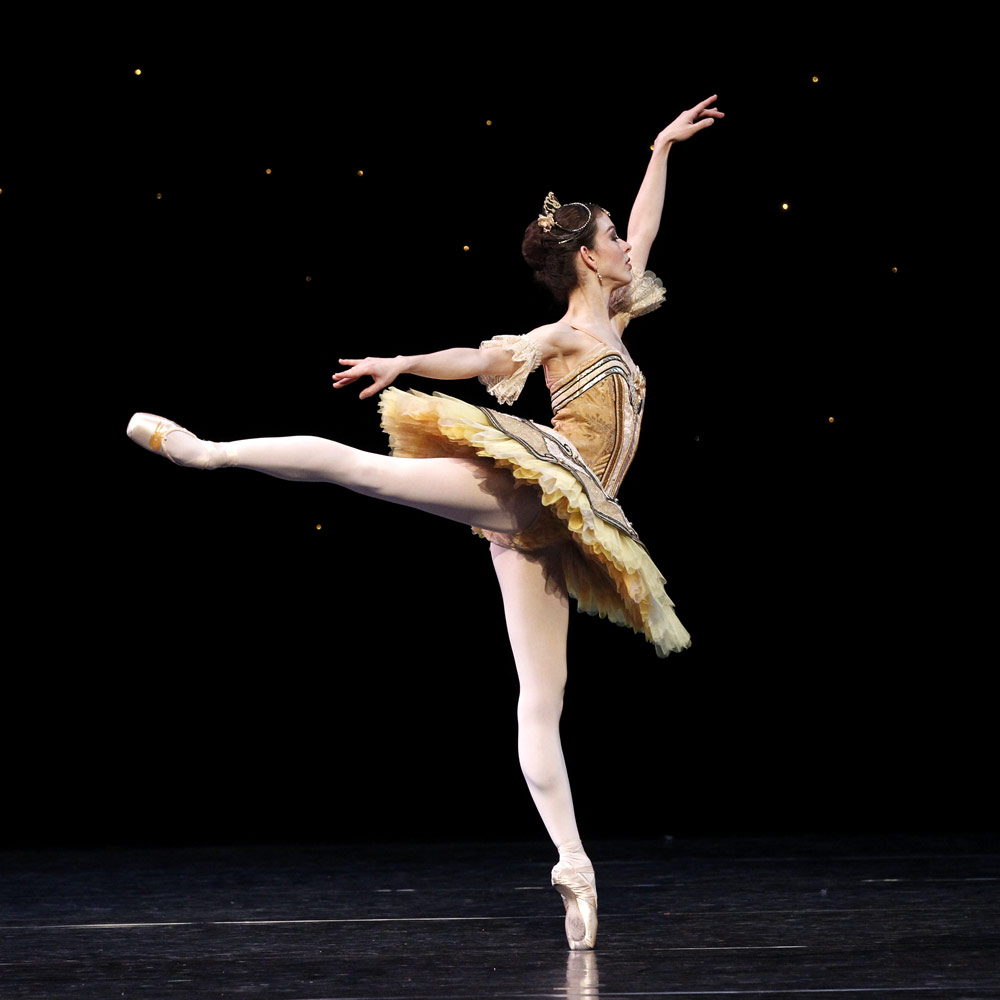
© Jeff Busby for Australian Ballet. (Click image for larger version)
There is something quite beautiful about returning to the repertoire that I had danced immediately before the injury – at first it felt as foreign as though I’d never even seen each ballet, but once I found myself again, with everything realigned and interconnected soundly, I couldn’t believe the sensation of ease and effervescence. It was as though I had peeled off all my outer layers right down to the skeleton and left it out in the sun for a while, then stepped into it again all crisp and clean; and as with many new garments, it would take a few wears for initial freshness to mellow into that snug worn-in feeling. This physical restoration was perfectly partnered with an emotional one. As an artist I’m forever searching, trying to find meaning and fulfilment, and here I had stripped myself back to discover a truer and purer me. I also learned how vital one’s psychological approach is for healing. I really believe that I was able to return to the stage exactly how I wanted to – happier, healthier and more fulfilled than ever – because I was able to create a positive learning experience out of a negative situation. This is also why I wanted to share my story with you; I never set out to paint myself as the exemplar of correct injury management, I just wanted to offer my reflections, as honestly as I could, in the hope that it might provoke your own thoughts about approaching such situations, or indeed life itself with its daily challenges.
Someone wise once said that the journey is as important as the destination, and I know that my return to the stage was all the more jubilant for the months of hard work and countless mini-battles, with the prevailing and most poignant lesson being to never take the gift of dance for granted.






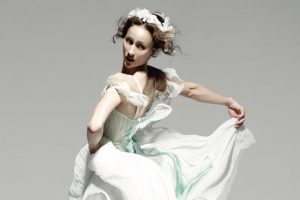
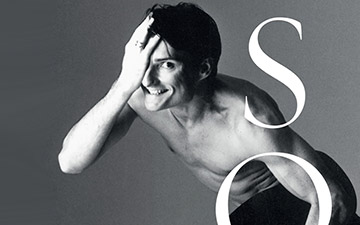
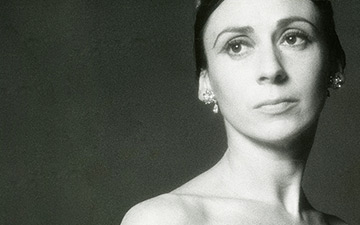
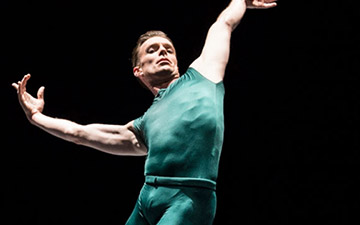

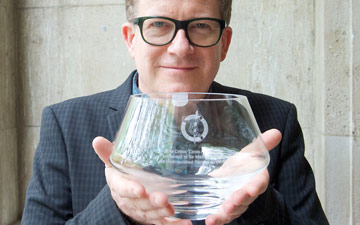
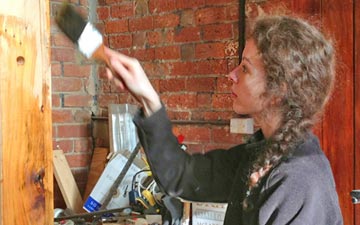

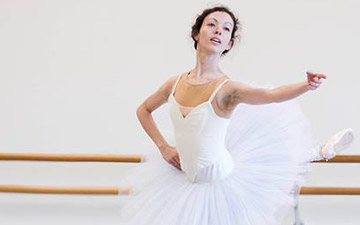

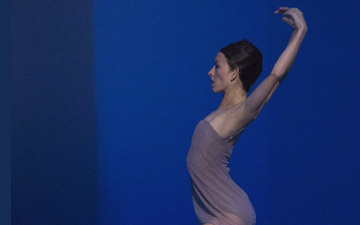
You must be logged in to post a comment.